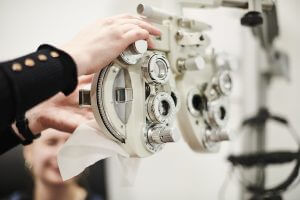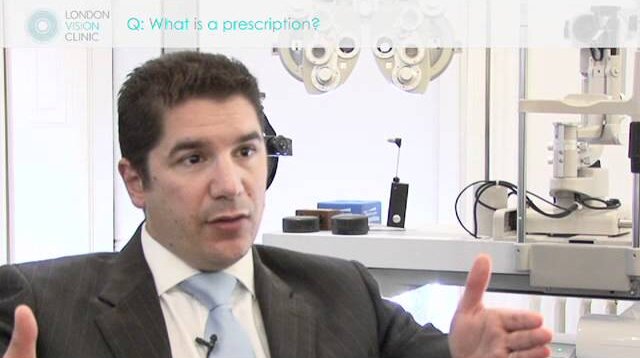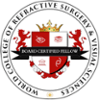Your Vision: Understanding Your Prescription

If you are new to wearing glasses, or perhaps your child has recently been told they need glasses, understanding prescriptions can be a challenge, to say the least. Seeing all those numbers and symbols for the first time can be overwhelming, so understanding what they actually mean can be extremely helpful.
So, let’s break down what your prescription is, what it means, and how it is measured.
Measuring your Prescription
Accurately measuring your prescription is the most important factor to ensure you receive effective vision correction, whether that be with the help of glasses or contact lenses, or with Laser Eye Surgery treatment.
Optometrists measure refractive errors – long-sightedness (hyperopia), short-sightedness (myopia), astigmatism, and presbyopia – in units called dioptres. These dioptre measurements are used to determine your prescription.
These units are used to measure the amount of refractive correction your eyes require in order to see normally. For example, one dioptre is the equivalent of a lens that can focus on an object one metre away. Either a plus (+) or minus (-) sign before the value determines whether the patient is long- or short-sighted, respectively.
Therefore, the more severe your refractive error, the higher your prescription.
A typical prescription features three values – for example: -5.00 / -1.50 x 180.
The first value (-5.00) of your prescription identifies the extent of long- or short-sightedness. In this example, the patient is short-sighted, as indicated by the minus value.
The second value (-1.50) of your prescription identifies the degree of astigmatism. Again, this is written as either a plus or minus value (usually minus in the UK) and will vary depending on the severity of the disorder.
Finally, the third value (180) of your prescription indicates the axis of astigmatism. This value is a measurement of degrees as opposed to dioptres. An axis of 180 degrees, as in the example prescription, means the astigmatism is horizontal.
So, to sum up this example prescription, -5.00 / -1.50 x 180 indicates that this person would be moderately short-sighted, with a moderate degree of horizontal astigmatism.

In the video above, Mr Glenn Carp explains that the prescription is the extent of your refractive error. Your prescription is unique to you. It will determine the lenses in your glasses and contact lenses and, importantly, your suitability for different types of Laser Eye Surgery.
To find out if you could be eligible for Laser Eye Surgery treatment, get in touch with one of our friendly clinic coordinators or Book a Consultation today.


